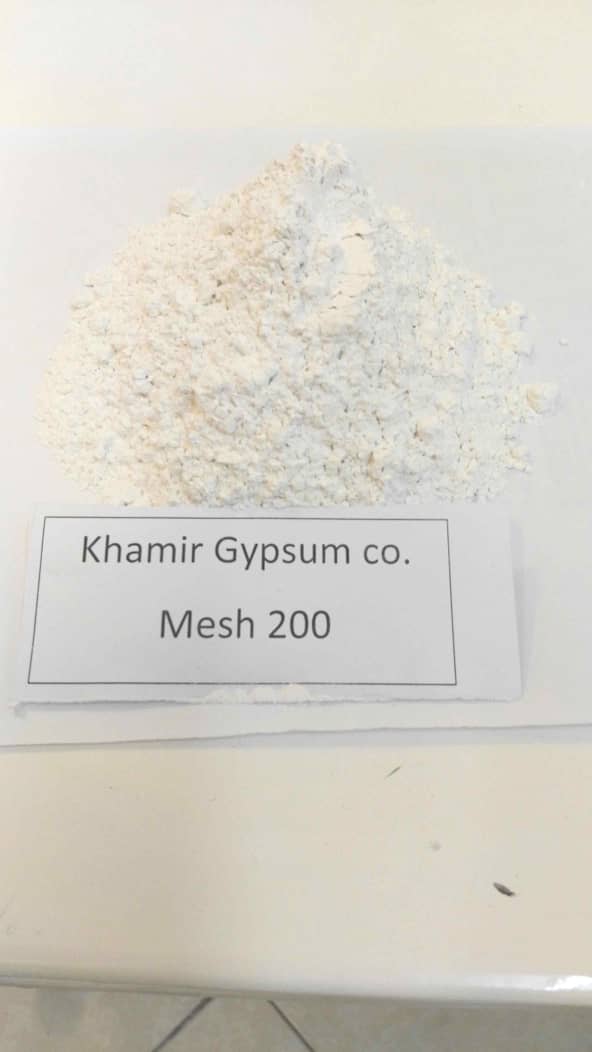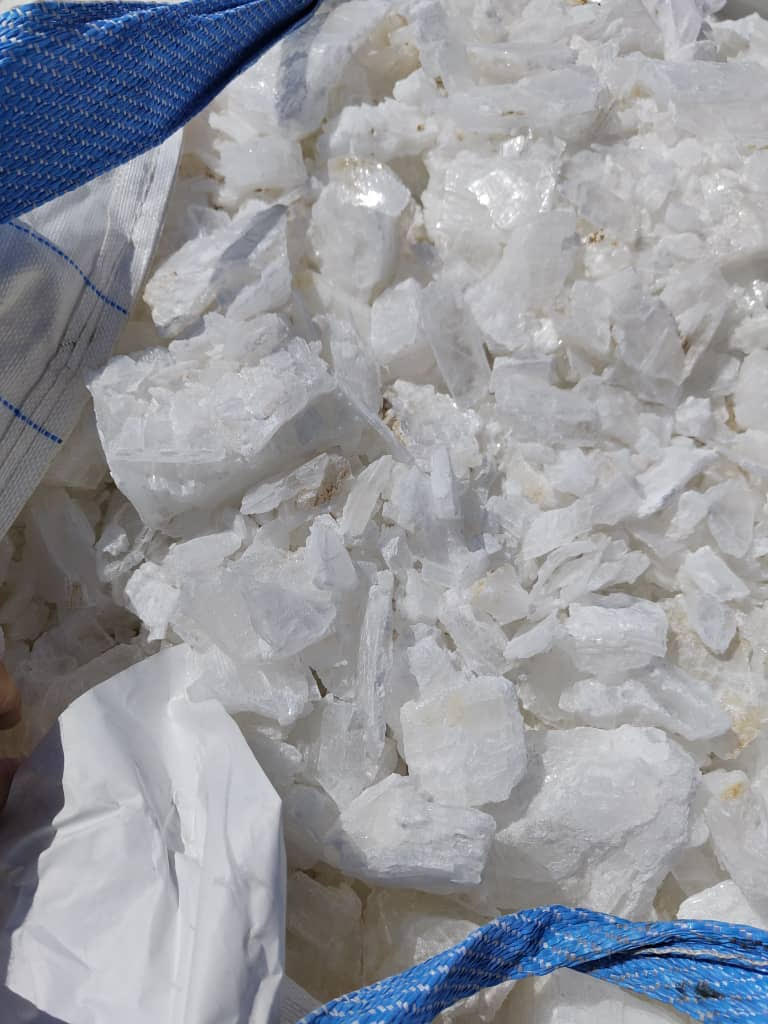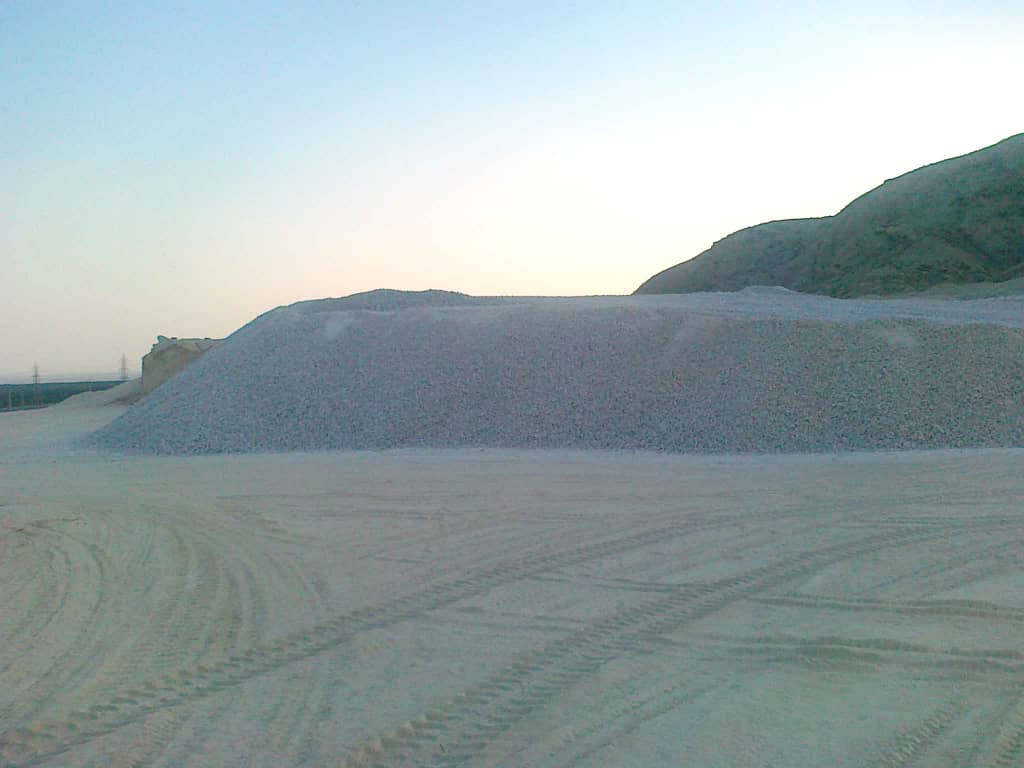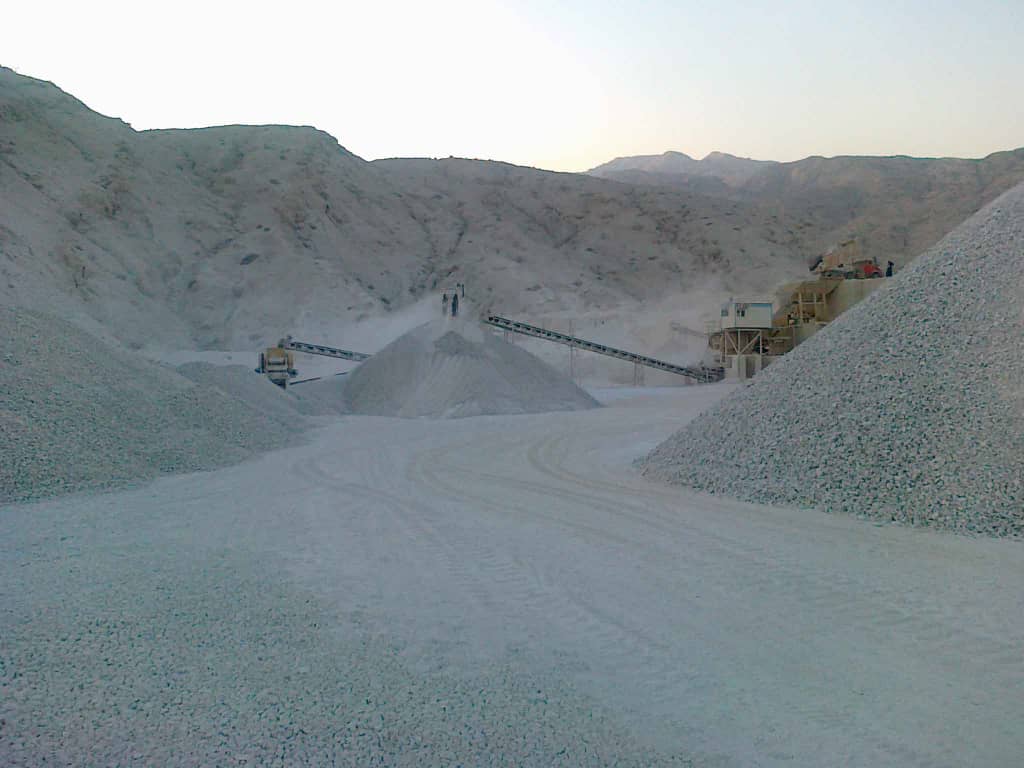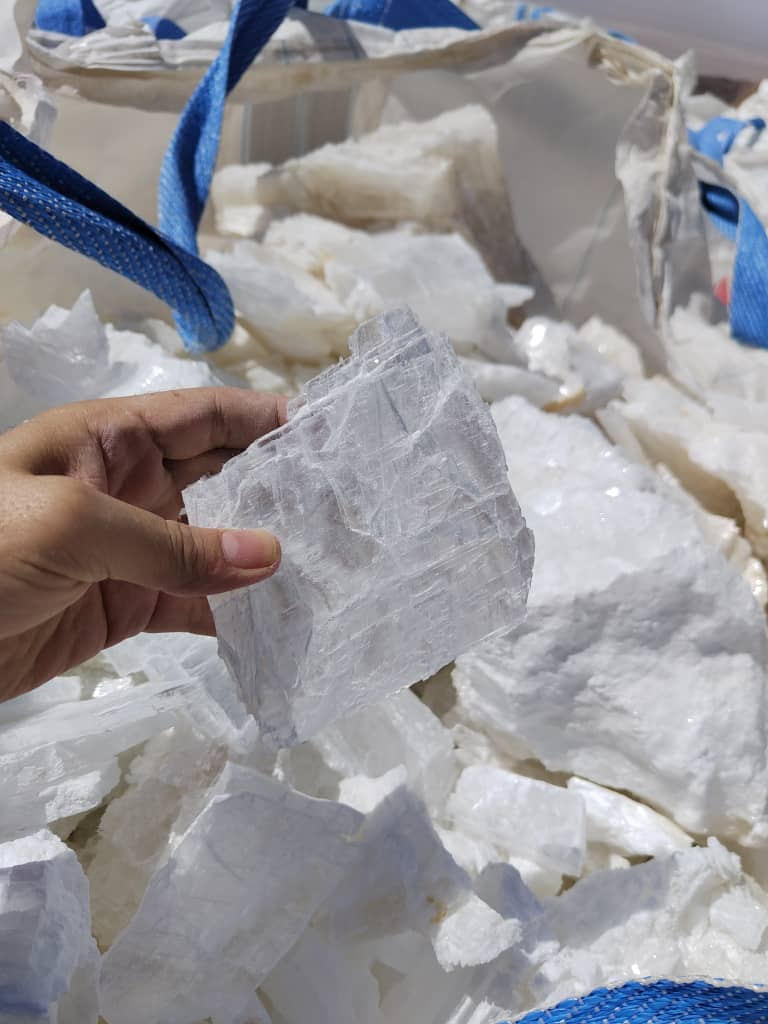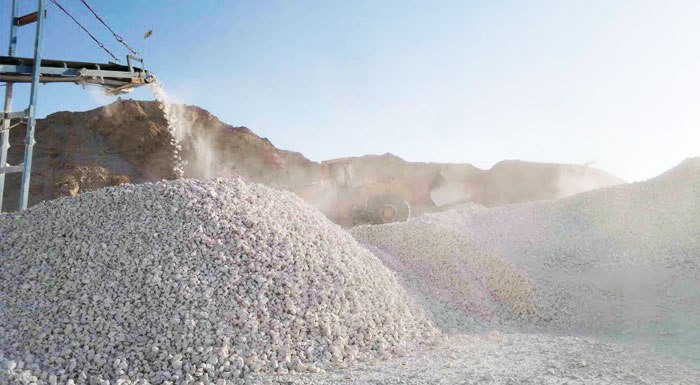Description
General information :
Each type of material is widely used in the construction industry. Gypsum is one of the construction materials that have different types. If you are working in the field of construction, you must have heard the modification of live plaster and dead plaster. In this article, we intend to provide you with extensive information on live plaster and dead plaster. Engineers and architects use these materials to implement various construction projects.
The difference between dead and alive plaster
The difference between dead and alive plaster is as follows:
1. Killed plaster: Killed plaster refers to a material that dries quickly and becomes rigid after mixing with water. This type of plaster does not contain water and moisture, and for that reason, it is used for buildings and creating smooth and resistant surfaces. It is generally used in the construction and plastering stages.
2. Live chalk: Live chalk also refers to a substance that is mixed with water and used as a paste. This type of plaster oozes when in contact with water and is somewhat flexible. Due to its pasty properties and durability during water seepage, living plaster is used in decorative works. It is usually used in buildings as a covering of walls and ceilings.
Advantages and benefits of dead plaster
Killed plaster is a type of plaster that is used for the construction of various structures. Killed plaster is widely used in the construction industry due to its features and advantages. The advantages and benefits of dead plaster are:
Killed plaster has a high degree of flexibility;
Killed plaster creates a uniform and beautiful surface;
Killed plaster has a high level of resistance to fire;
Killed plaster is a sound-insulating material.
Reasonable price and cost are also one of the benefits of plaster of Paris;
This type of plaster is widely available in the market.
Disadvantages of plaster of Paris
In addition to advantages, dead plaster also has disadvantages. The disadvantages of dead plaster are:
Killed gypsum has a low resistance to moisture;
Killed plaster is highly resistant to metal corrosion;
Killed gypsum also has low mechanical resistance.
What is living plaster?
Living gypsum has great holding power and is commonly used in the construction industry for arching. Quick plaster is usually mixed with soil and used for arching. The reason for the combination of living plaster and soil is that the soil has adhesive properties and increases the duration.
Live plaster is used to make special molds for coating on different buildings. To prepare this mortar and use it, plaster is poured into water and immediately they start the arching and construction process.
Preparation of live plaster mortar
To prepare and make living plaster mortar, follow the instructions below:
First, you must prepare a clean container for preparing and making mortar;
After preparing a suitable container for making mortar, fill half of the container with clean water;
Then, remove the plaster from the package and add it to the water. Note that the amount of water should be 70% of the plaster weight; Then you have to give the solution time for 1 to 2 minutes and then mix it by hand until it becomes uniform;
After that, you can have enough time to use plaster mortar in about 5 to 7 minutes.
The difference between dead and alive plaster
The difference between dead and alive plaster is as follows:
1. Killed plaster: Killed plaster refers to a material that dries quickly and becomes rigid after mixing with water. This type of plaster does not contain water and moisture, and for that reason, it is used for buildings and creating smooth and resistant surfaces. It is generally used in the construction and plastering stages.
2. Live chalk: Live chalk also refers to a substance that is mixed with water and used as a paste. This type of plaster oozes when in contact with water and is somewhat flexible. Due to its pasty properties and durability during water seepage, living plaster is basically used in decorative works. It is usually used in buildings as a covering of walls and ceilings.

